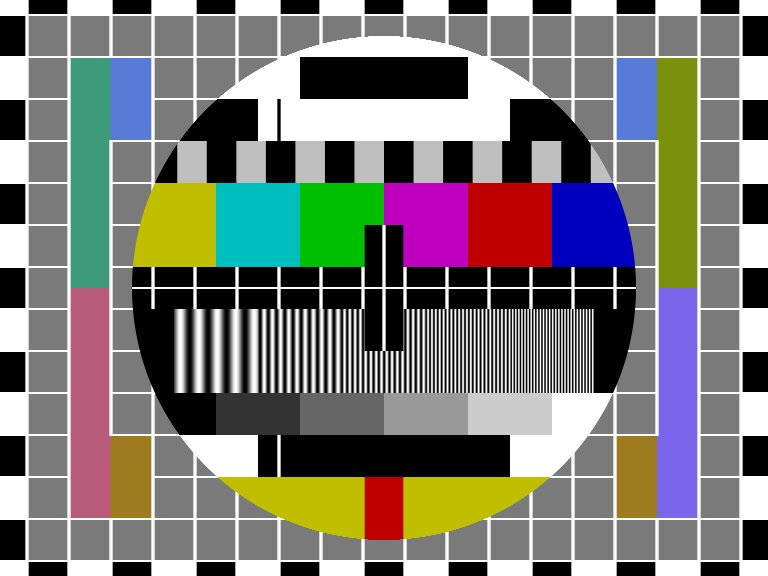How digital screens display colour
Pixels on our digital screens emit light in different colours based on how much of each primary colour is emitted from each pixel (RGB values). The number of colours we can see created from a digital RGB system depends on the ‘colour depth’ of our screens (also called monitors or displays).
The first colour computer screens had an ‘8-bit’ depth which only displayed 256 colours (you might remember old 8-bit video games with very basic colour graphics). Now we have true colour on most computers, which is 8-bit for each RGB colour – or ‘24-bit’ depth. This can display over 16.7 million colours.
Some recent high-quality computer displays have ‘30-bit’ depth, which can display 1.07 billion different colour combinations. There is debate about the need for so many colours and whether our eyes can see the difference, although it is claimed that having over one billion colours is useful in certain situations when working with very bright, very dark or very light colours, where a finer level of definition is needed.
Viewsonic: color-management and color blindness – how can monitor technologies help?
Colour calibration
Calibration is the process of aligning your digital screen’s colour output to the RGB standard – so what you are seeing on your screen is a true representation of the RGB colours created by your computer. This process is important for working with digital content like photography and digital-to-print processes where it’s necessary to have colour accuracy. Most computer systems will have their own calibration tools, or you can find online applications to help you calibrate your screen.
Activity – test and calibrate the colours on your digital devices

Save a link to this page and open it on all of your digital devices. View the test pattern image in Figure 3.21 and see how it looks on your computer, tablet, mobile device and TV screen. Are the colours different on each device? Is the brightness different? Can you adjust your settings to get the best colour and brightness on each device?
Learn more about digital screen calibration from these links:
- Calibrating – Les Walkling & Co (A great resource for digital media and printing from a significant Australian artist)
- Viewsonic: Color management – a checklist for digital artists
- Viewsonic: Best monitor calibration tool – hardware vs software – calibration
- Viewsonic: What is fogra and why does it matter?
Television settings
Your home television has picture settings that change the colour, brightness and contrast according to perceived usage. The ‘standard’ picture mode might be OK for sports and reality TV but may not be the best for watching movies or drama series as they were intended by directors because it alters the colour settings. You may be able to change your TV settings to ‘cinema’ or ‘movie’ picture mode when watching movies or streaming TV series to get the best colour. See Colour grading in the Colour aesthetics section of this resource for more about the importance of colour in film and video.

